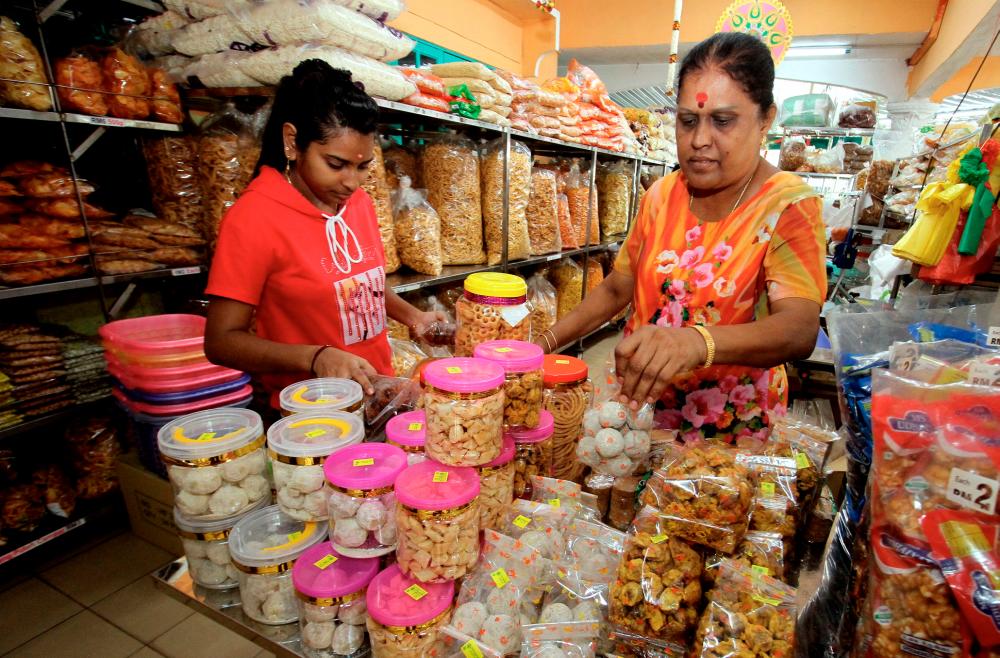PETALING JAYA: The Indian community in Malaysia continues to lag behind the other races, but it will be a mistake to place the blame squarely on the government.
Many analysts and stakeholders who spoke to theSun agreed that there is a high incidence of social problems in the community, and a lot of that has to do with historical factors.
On the other hand, they believed that the community should make an effort to get out of the rut.
There are many very successful individuals in the Indian community, a strong indication that they have the potential to make it like other Malaysians, head of social, law and human rights at Emir Research Jason Loh Seong Wei said.
Head of the Department of Indian Studies at Universiti Malaya Dr Manimaran Subramaniam agreed, adding that the community should become more self-sufficient.
They were commenting on questions raised over the RM400 million allocation to the Malaysian Indian Transformation Unit (Mitra) to help the community. Critics have said that despite the huge sum of money, there has been little improvement for Malaysians of Indian origin.
Mitra was formerly known as the Socio-Economic Development of the Indian Community Unit.
The Indian community is not without its problems.
Loh and Malaysian Indian Youth Development Foundation Penang branch chairman N. Kesavan agreed that Indian youths are substantially at higher risk of falling into the trap of gangsterism.
According to Loh, official data shows that 72% of gang members today are Indians, compared with 25% for Chinese and the Malays, who make up the rest.
Indians also face other social problems. Income disparity is highest in the community, data from the Department of Statistics Malaysia shows.
Indian children account for 13% of all school dropouts, also the nation’s highest for a single community.
According to the Education Ministry and the Examination Syndicate, only 5% of Indian children whose parents have no formal education are likely to reach university, compared with 33% for bumiputras and 44% for Chinese.
Loh blames the income gap on historical socio-economic factors such as ethnic identification with economic function. The first Indian migrants to Malaya largely worked in the estates or as labourers.
Sociologist Dr Charanjit Kaur said those who live in the rural areas are “notoriously known for their deplorable economic situation”.
“Many among the urban poor are also Indians,” she told theSun.
As a result, she said, there has been a lack of dedication to finishing school, leading to a higher dropout rate.
Charanjit, an assistant professor at Universiti Tunku Abdul Rahman, said economic factors are the root of the problems the Indians face.
For instance, she said, 80% of those in the B40 or low income group, are from the Indian community.
However, all is not lost for the community.
Manimaran said the Indians can start to lift themselves out of the quagmire by being more self-sufficient. “Only then can they excel,” he said.
He said young Indians could start by learning various skills and enrol in entrepreneurship programmes that are readily available.
Loh agreed that the key is education or technical and vocational education and training.
“Nurturing and mentoring the younger individuals in the community will produce a new generation of Malaysian Indian entrepreneurs,” he said.
“Malaysian Indians have actually done pretty well, relatively speaking. They continue to contribute to the development and well-being of our nation in all fields – from medicine and law to IT and engineering,” he said.
As Manimaran put it, “give a man a fish and he will be fed for a day, but teach a man to fish and he will be fed forever”.










